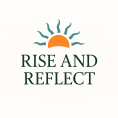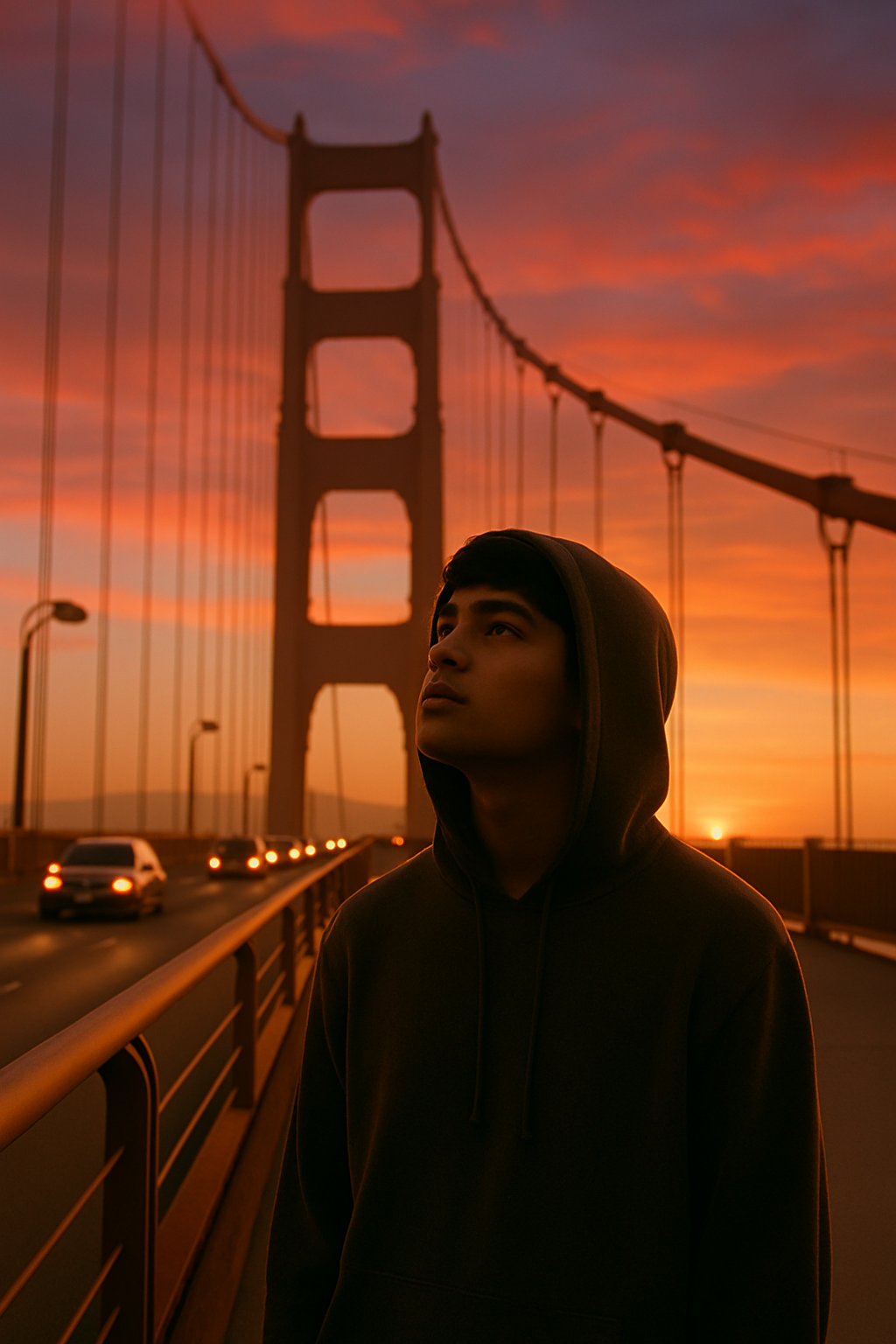Bridging Horizons: Finding Meaning on City Crossings
Why This Topic Matters
Standing on a bridge at sunset, a young person gazes skyward as the city’s architectural marvel stretches behind them. This moment captures the spirit of possibility that emerges when we stand between two worlds—where land meets water and past meets future. Therefore, exploring the emotional resonance of urban thresholds reminds us how bridges symbolize both connection and transformation.
The Human Connection to Bridging Horizons
We all confront points in life where we must cross from what we know into the unknown. Moreover, when we see someone pausing at the midpoint of a bridge, we recognize our own need to reflect before moving forward. Consequently, these crossing points become powerful metaphors for personal growth, inviting us to honor our fears and embrace our aspirations.
Real-Life Meaning and Cultural Echoes
Bridges have long carried cultural weight. In Japanese poetry, the “sound of a bridge gate” evokes both transition and impermanence. In contrast, in Western literature, spanning rivers often signifies heroic journeys or reunions. As a result, every span of steel and concrete we traverse holds layers of memory—from first loves to farewell glances.
Furthermore, iconic city crossings—like London’s Tower Bridge or San Francisco’s Golden Gate—draw millions seeking both adventure and introspection. In doing so, they weave collective stories of resilience, innovation, and community. Therefore, by standing upon these structures, we tap into a shared human narrative of overcoming obstacles and uniting disparate shores.
How Art or Emotion Speaks Beyond Words
An image of a solitary figure leaning on a bridge railing at dusk communicates more than any description could. Through glowing sky hues and the bridge’s majestic lines, we sense anticipation, calm, and wonder all at once. Moreover, this visual dialogue bypasses language barriers and speaks directly to our emotions—inviting us to inhabit that reflective space.
Art therapy practitioners harness similar imagery to help clients externalize feelings of transition. By creating bridge-inspired sketches or paintings, individuals process complex emotions tied to change and uncertainty. To learn more about how creative reflection supports mental health, visit Healthline (Art Therapy).
Where This Belongs in the Modern World
In our hyperconnected yet fragmented age, urban bridges remind us of our need for both solitude and solidarity. However, too often we rush across without pausing to breathe in the view. Therefore, carving out intentional moments to stand still—whether on a pedestrian walkway or a quiet overpass—grounds us in our own nature and invites presence.
Community walking groups and urban mindfulness events now gather on city crossings at dawn and dusk, turning these spaces into informal gathering places. In contrast to solitary reflection, these shared experiences foster empathy and dialogue. Consequently, participants emerge feeling both personally refreshed and collectively connected.
Final Reflection
A bridge does more than link two points on a map—it links our past selves to who we can become. In the golden light of sunset, as the city hums softly beneath a painted sky, we remember that every crossing marks an opportunity to grow. Therefore, let us honor each bridge we traverse, recognizing the courage it takes to stand at the threshold and step forward into new horizons.
To discover more soulful insights and tools for emotional renewal, visit our Product Gallery.


